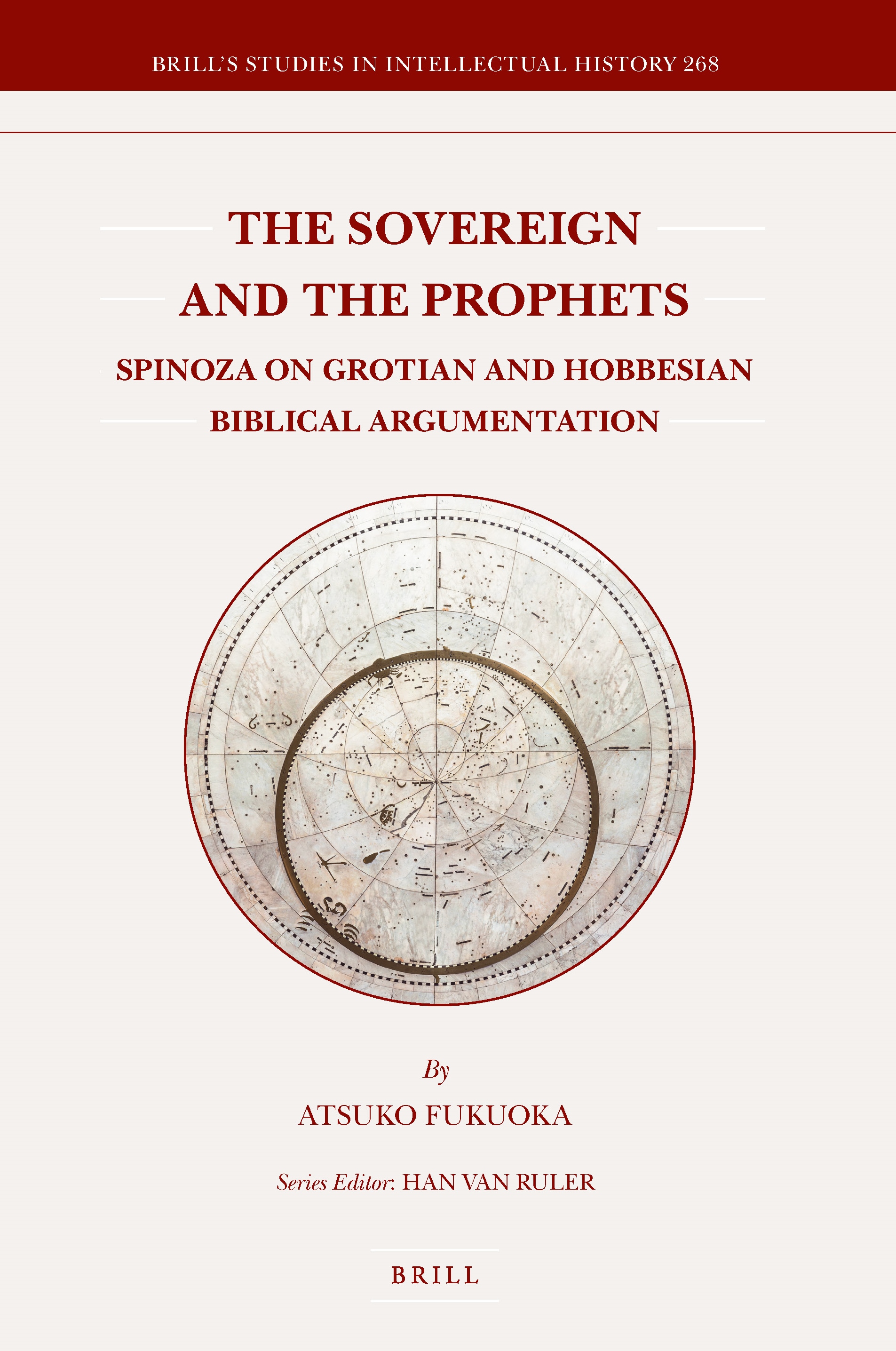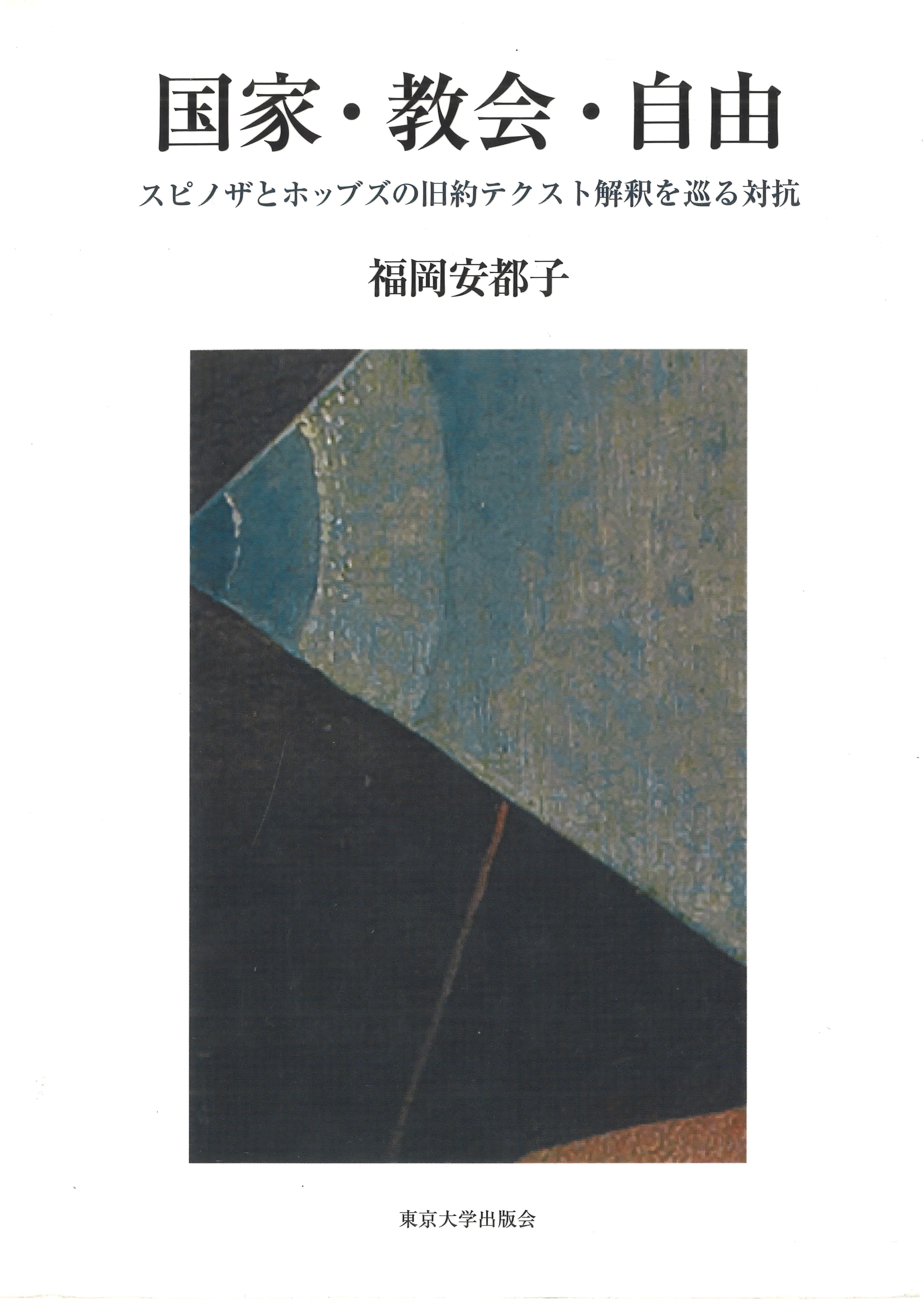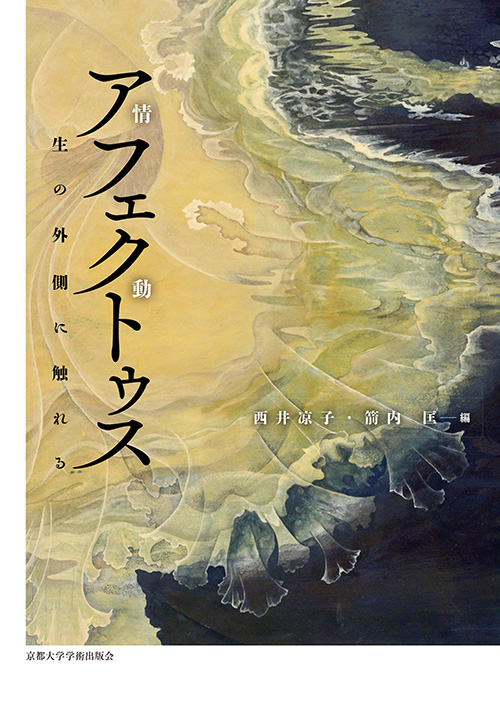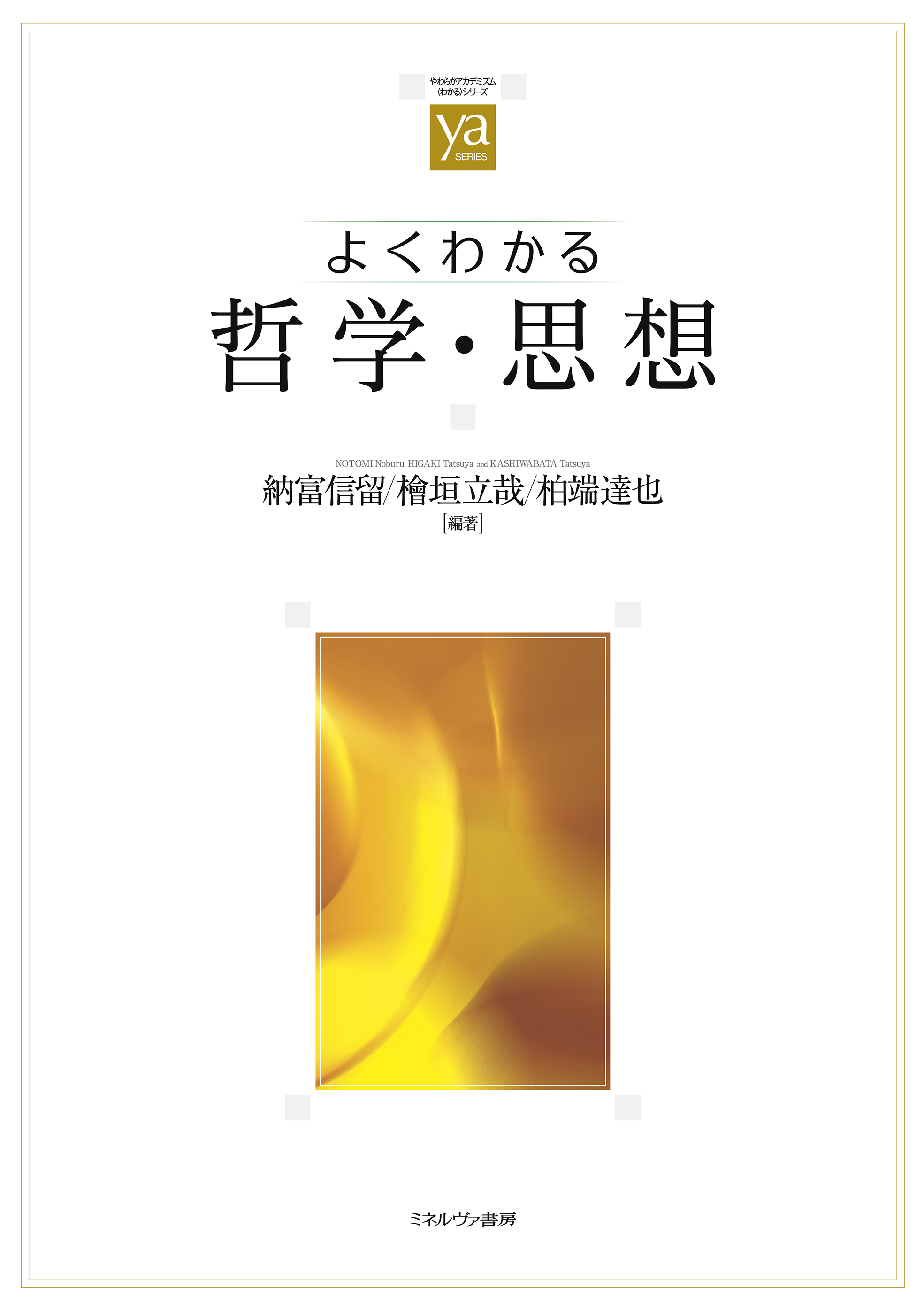
Title
Iwanami Shinsho Spinoza (Portrait of the Reader)
Size
422 pages, Paperback Pocket Edition
Language
Japanese
Released
October 20, 2022
ISBN
9784004319443
Published by
Iwanami Shoten
Book Info
See Book Availability at Library
Japanese Page
This book examines the 17th century philosopher Spinoza. Today, Spinoza is an extremely popular philosopher and is the subject of numerous research books and articles. That said, there are surprisingly few books that introduce the philosopher and his entire oeuvre as part of a single, consistent story. It is crucial that detailed articles are written to further clarify the myriad points presented in Spinoza’s philosophy. At the same time, however, it is equally important that a complete picture of his work be depicted from a single perspective.
The latter issue is not unrelated to the fact that this book was published as part of Iwanami Shoten’s Paperback Series. Up to now, this series has provided numerous introductory books on literary and philosophical figures. The same role was expected of this book. Accordingly, my aim was to provide the reader with a general idea of Spinoza the man and an overview of his thinking. Merely listing information might be useful for memorizing facts but does not leave a lasting impression. For an individual’s life and their thoughts to leave an impression, they need to be presented as part of a story. Such lasting images are repeated over and over in the mind and have the power to influence one’s way of life and to give birth to new ideas.
The story of this book begins by probing the relationship between Spinoza and Descartes. This, of course, does not mean that it simply compares the philosophies of Spinoza and Descartes. Such treatment of the subject matter is commonplace. However, there is one work that has been neglected in studies on Spinoza: The Principles of Descartes’ Philosophy, which is the only work that Spinoza published under his own name during his lifetime. Why has this work evaded the attention of many Spinoza scholars? Perhaps it is because many scholars assume that since the book is, in a manner of speaking, an introduction to Descartes’ philosophy written by Spinoza, the philosophy presented in the book is Descartes’ and not Spinoza’s. However, it occurred to me that Spinoza’s reading of Cartesian philosophy could provide insight into Spinoza’s philosophical attitude. It is my contention that Spinoza’s most famous work, The Ethics, is simply a full realization of the philosophical attitude expressed in this reading.
I hope this helps explain the meaning of the book’s subtitle, “Portrait of the Reader.” For most people, the term philosopher brings to mind the idea of “thinking.” In reality, however, philosophers are rigorous “readers.” Spinoza developed his own philosophy by reading the Bible as well as works by Descartes, Hobbes, and others. I attempted to emphasize this portrayal of Spinoza and at the same time revise our image of philosophers as a whole—i.e., philosophers as readers. Of course, we ourselves are readers of Spinoza, the reader. For this reason, it can be said that each of us has the potential to become a philosopher.
When writing an introductory text, is it sufficient to simply compile facts that are already known by experts? That may be one way to write an introductory book (and perhaps that is the way textbooks should be written). But such introductory books come across as cold. They lack the spirit of joint examination of the subject by the reader and the author. In fact, textbooks always need someone to teach what is in the textbook. Accordingly, an introductory book should maintain a certain tension with current research trends and allow the reader to experience this tension.
The book maintains a certain tension with current research trends through its emphasis on the importance of the concept of conscientia [consciousness] in The Ethics. This is because it has become, in a sense, established theory that Spinoza devalues the concept of consciousness. I will forego explaining here how consciousness plays a central role in Spinoza’s philosophy as this explanation is extremely technical. However, I would like to mention my personal experience of challenging, and for the first time distancing myself from, the theory of Gilles Deleuze, the 20th century French philosopher who played a key role in establishing the Spinozist theory on which I relied for many years. This is the third book on Spinoza that I have written. In completing this book, I have come to feel a sense of gratitude toward Deleuze.
(Written by KOKUBUN Koichiro, Professor, Graduate School of Arts and Sciences / 2023)
Related Info
The 11th Kawai Hayao Prize for social sciences and humanities (Kawai Hayao Foundation 2023)
https://www.kawaihayao.jp/en/gakugei/
https://www.kawaihayao.jp/ja/prize/3258.html



 Find a book
Find a book









